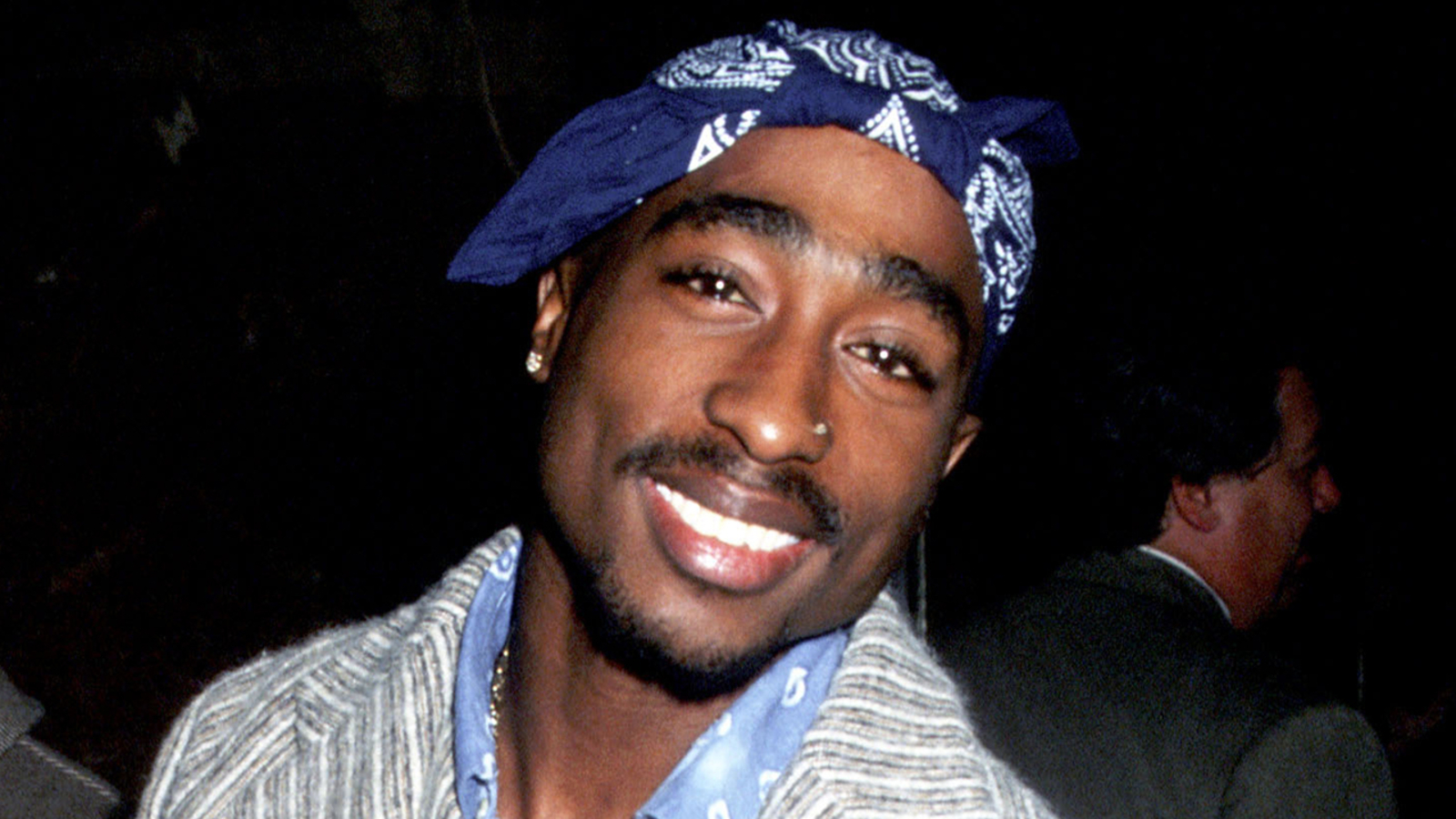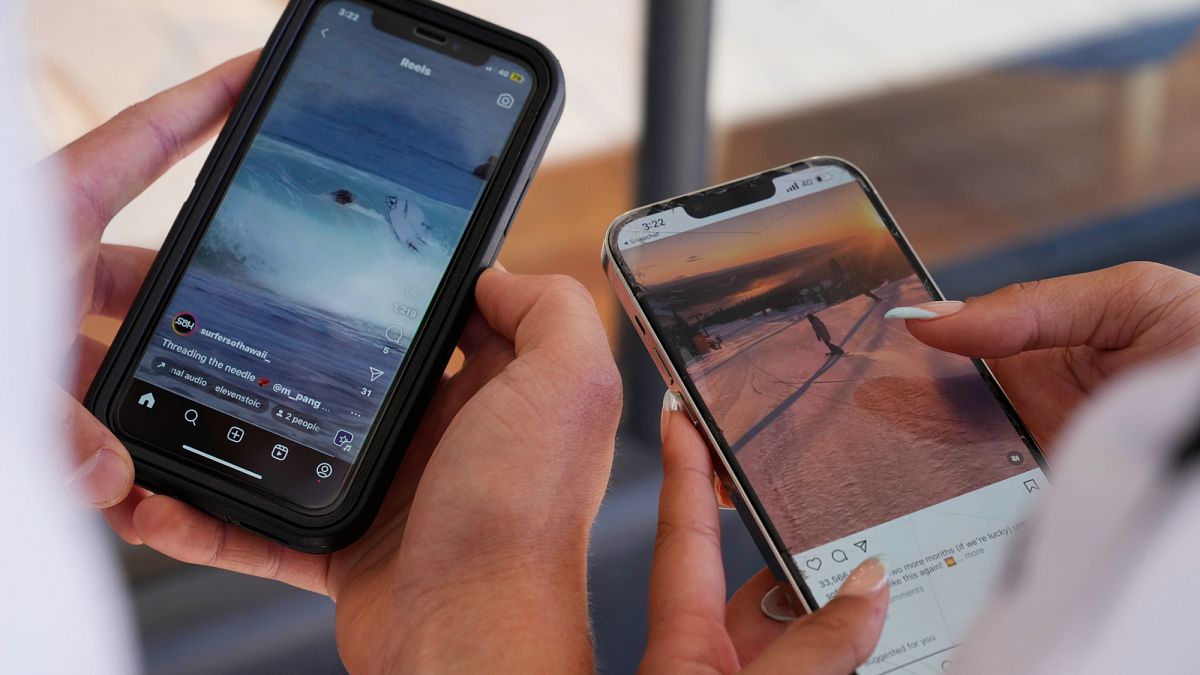Seattle, WA
‘There’s nothing for me to do’: Speeding Seattle cop laments after his car kills Indian student Jaahnavi Kandula

Horrifying body camera footage that has been released captured the tragic death of a woman hit and killed by a Seattle police car as she was crossing the street. Jaahnavi Kandula, a Northeast University student, was killed on January 23. Jaahnavi arrived in Seattlefrom Bengaluru, India, in 2021 to receive a master’s degree, and was pursuing a Master of Science in Information Systems at the College of Engineering. She was set to graduate this December.
Behind the wheel of the vehicle that caused the tragedy was Seattle officer Kevin Dave. In a body camera video, one can hear a loud roar from the engine as Kevin’s speedometer showed an acceleration of up to 74 miles per hour. Jaahnavi, 23, was hit at the intersection of Dexter Avenue North and Thomas Street within moments of the car reaching the top speed, according to Fox13 Seattle. She was taken to Harborview Medical Center where she succumbed to her injuries.
‘There’s nothing for me to do right now’
Kevin was reportedly responding to a “high priority” call when the incident took place. He had chirped his siren, but did not have it running consistently, video footage released by prosecutors and published in part by PubliCola revealed. Prosecutors have been weighing charges against Kevin for failing to “warn others of the emergency nature of the situation.” “I f–ked up,” Kevin was heard saying after the incident.
Bodycam footage shows the officer performing CPR on Jaahnavi. “Lights were on. I was chirping the sirens…she was in the crosswalk. She saw me, she started running through the crosswalk. Slammed on my breaks. Started staying back where she should before crossing,” Kevin can be heard telling a responding officer.
Kevin says in another bodycam footage, “I can have a hundred minutes. I could have…there’s nothing for me to do right now, but sit. And that is the f–king worst thing that…you just have to sit here. So many questions that are unanswered, so many questions.” The Office of Police Accountability is continuing to investigate whether Kevin complied with department policy.
‘She was a daughter to a single mother’
Jaahnavi’s family in January said they were “heartbroken” after the tragedy.“Jaahnavi’s tragic and untimely death has left her family and community with a huge hole in their hearts that will never be repaired,” the family said in a statement to KJR-FM radio. “She was a daughter to a single mother who teaches elementary school in India.”
“In spite of earning less than [$200] per month, her mother educated Jaahnavi and encouraged her to [travel to] the United States hoping Jaahnavi would have a better future and a better life abroad,” it said. “Her mother’s hopes and dreams are cut short now.”

Seattle, WA
In Seattle, preserving trees while increasing housing supply is a climate solution

The Boulders development, built in 2006 in Seattle’s Green Lake neighborhood, features a mature tree along with a waterfall. The developer also added mature trees salvaged from other developments — placing them strategically to add texture and cooling to the landscaping.
Parker Miles Blohm/KNKX
hide caption
toggle caption
Parker Miles Blohm/KNKX
Climate change shapes where and how we live. That’s why NPR is dedicating a week to stories about solutions for building and living on a hotter planet.
SEATTLE — Across the U.S., cities are struggling to balance the need for more housing with the need to preserve and grow trees that help address the impacts of climate change.
Trees provide cooling shade that can save lives. They absorb carbon pollution from the air and reduce stormwater runoff and the risk of flooding. Yet many builders perceive them as an obstacle to quickly and efficiently putting up housing.
This tension between development and tree preservation is at a tipping point in Seattle, where a new state law is requiring more housing density but not more trees.
One solution is to find ways to build density with trees. The Bryant Heights development in northeast Seattle is an example of this. It’s an extra-large city block that features a mix of modern apartments, town houses, single-family homes and retail. Architects Ray and Mary Johnston worked with the developer to place 86 housing units where once there were four. They also saved trees.

Architects Mary and Ray Johnston saved more than 30 trees in the Bryant Heights development they worked on.
Parker Miles Blohm/KNKX
hide caption
toggle caption
Parker Miles Blohm/KNKX
“The first question is never, how can we get rid of that tree,” explains Mary Johnston, “but how can we save that tree and build something unique around it.” She points to a row of town homes nestled into two groves of mature trees that were in place before construction began in 2017. Some grow mere feet from the new buildings.
The Johnstons preserved more than 30 trees at Bryant Heights, from Douglas firs and cedars to oak trees and Japanese maples.
One of Ray Johnston’s favorites is a deodar cedar that’s more than 100 feet tall. The tree stands at the center of a group of apartment buildings. “It probably has a canopy that is close to over 40 feet in diameter,” he notes.
This cedar cools the nearby buildings with the shade from its canopy. It filters carbon emissions and other pollution from the air and serves as a gathering point for residents. “So it’s like another resident, really — it’s like their neighbor,” Mary Johnston says.
Preserving this tree required some extra negotiations with the city, according to the Johnstons. They had to prove their new construction would not harm it. They had to agree to use concrete that is porous for the walkways beneath the tree to allow water to seep down to the tree’s roots.
The developer could have easily decided to take this tree out, along with another one nearby, to fit another row of town houses down the middle of the block. “But it never came to that because the developer was enlightened that way,” Ray Johnston says.

Preserving some trees in Bryant Heights required extra negotiations with the city of Seattle. Special concrete that is porous was used for the walkways beneath certain trees, allowing water to seep down to the trees’ roots.
Parker Miles Blohm/KNKX
hide caption
toggle caption
Parker Miles Blohm/KNKX
Housing pushes trees out
Seattle, like many cities, is in the throes of a housing crunch, with pressure to add thousands of new homes every year and increase density. Single-family zoning is no longer allowed; instead, a minimum of four units per lot must now be allowed in all urban neighborhoods.
The City Council recently updated its tree protection ordinance, a law it first passed in 2001, to keep trees on private property from being cut down during development.
“Its baseline is protection of trees,” says Megan Neuman, a land use policy and technical teams manager with Seattle’s Department of Construction and Inspections. She says the new tree code includes “limited instances” where tree removal is allowed.
“That’s really to try to help find that balance between housing and trees and growing our canopy,” Neuman says. Despite the city’s efforts to preserve and grow the urban canopy, the most recent assessment showed it shrank by a total of about half a percent from 2016 to 2021. That’s equivalent to 255 acres — an area roughly the size of the city’s popular Green Lake, or more than 192 regulation-size American football fields. Neighborhood residential zones and parks and natural areas saw the biggest losses, at 1.2% and 5.1% respectively.
Seattle says it’s working on multiple fronts to reverse that trend. The city’s Office of Sustainability and Environment says the city is planting more trees in parks, natural areas and public rights of way. A new requirement means the city also has to care for those trees with watering and mulching for the first five years after planting, to ensure they survive Seattle’s increasingly hot and dry summers.
The city also says the 2023 update to its tree protection ordinance increases tree replacement requirements when trees are removed for development. It extends protection to more trees and requires, in most cases, that for every tree removed, three must be planted. The goal is to reach canopy coverage of 30% by 2037.
Developers generally support Seattle’s latest tree protection ordinance because they say it’s more predictable and flexible than previous versions of the law. Many of them helped shape the new policies as they face pressure to add about 120,000 homes over the next 20 years, based on growth management planning required by the state.
Cameron Willett, Seattle-based director of city homes at Intracorp, a Canadian real estate developer, sees the current code as a “common sense approach” that allows housing and trees to coexist. It allows builders to cut down more trees as needed, he says, but it also requires more replanting and allows them to build around trees when they can. “I definitely have projects I’ve done this year where I’ve taken out a tree that, under the old code, I would not have been able to do,” Willett says. “But I’ve also had to replant both on- and off-site.”
Willett recalls one development this year where he preserved a mature tree, which required proving that the site could be developed without damaging that tree. That also meant “additional administrative complexity and costs,” he explains.
Still, Willett says it’s worth it when it works.
“Trees make better communities,” he says. “We all want to save the trees, but we also need to be able to get to our max density.”
But Tree Action Seattle and other tree-protection groups frequently highlight new developments where they say too many trees are being taken out to make way for housing. This tension comes after a devastating heat dome hovered over the Pacific Northwest in the summer of 2021. “We saw hundreds of people die from that, hundreds of people who otherwise wouldn’t have died if the temperatures hadn’t gotten so high,” says Joshua Morris, conservation director with the nonprofit Birds Connect Seattle. He served six years as a volunteer adviser and co-chair of the city’s Urban Forestry Commission, which provides expertise on policies for conservation and management of trees and vegetation in Seattle.

Joshua Morris, conservation director with the nonprofit Birds Connect Seattle, served six years as a volunteer adviser and co-chair of Seattle’s Urban Forestry Commission.
Parker Miles Blohm/KNKX
hide caption
toggle caption
Parker Miles Blohm/KNKX
“We know that in leafier neighborhoods, there is a significantly lower temperature than in lower-canopy neighborhoods, and sometimes it can be 10 degrees lower,” Morris says.
Making space for trees
Seattle’s South Park neighborhood is one of those hotter neighborhoods. Residents have roughly 12% to 15% tree canopy coverage there — about half as much as the citywide average. Studies show life expectancy rates here are 13 years shorter than in leafier parts of the city. That’s in large part due to air pollution and contaminants from a nearby Superfund site.
In a cleared lot in South Park, 22 new units are going in where once four single-family homes stood. Three big evergreens and several smaller trees are expected to be cut down, says Morris. But with some “slight rearrangements to the configuration of buildings that are being proposed,” Morris surmises, “an architect who has done an analysis of this site reckons that all of the trees that would be slated for removal could be retained. And more trees could be added.”
Tree removals are allowed under Seattle’s updated tree code. But removing larger trees now requires developers to plant replacements on-site or pay into a fund that the city plans to use to help reforest neighborhoods like South Park.

In Seattle’s South Park neighborhood, residents have about half as much tree canopy as the citywide average. Four single-family homes once stood on this lot, where 22 new units will soon be built. Plans filed with the city show three large evergreens and several smaller trees that are still standing on the lot are slated for removal.
Parker Miles Blohm/KNKX
hide caption
toggle caption
Parker Miles Blohm/KNKX
Groups such as Tree Action Seattle point out that these new trees will take many years to mature — sacrificing years of carbon mitigation work when compared with existing mature trees — at a critical time for curbing planet-warming emissions.
Morris says the trees that will likely be cut down for this development might not seem like a big number.
“This really is death by a million cuts.”
He says trees have been cut down all over the city for years — thousands per year.
“At that scale, the cooling effect of the trees is diminished,” says Morris, “and the increased risk of death from excessive heat is heightened.”
Building codes aren’t keeping up with climate change
Tree loss is not limited to Seattle. It’s happening in dozens of cities across the country, from Portland, Ore., to Charleston, W.Va., and Nashville, Tenn., says Portland State University geography professor Vivek Shandas. “If we don’t take swift and very direct action with conservation of trees, of existing canopy, we’re going to see the entire canopy shrink,” Shandas says.
He says current municipal codes don’t adequately address the implications of climate change. The Pacific Northwest, Shandas says, should be preparing for increasingly hot summers and more intense rain in winter. Trees are needed to provide shade and absorb runoff.
“So that development going in — if it’s lot edge to lot edge — we’re going to see an amplification of urban heat,” Shandas says. “We’re going to see a greater amount of flooding in those neighborhoods.”
Climate change is intensifying hurricanes and raising sea levels while also playing a role in wildfires. Such extreme conditions are outpacing building codes, explains Shandas, and he fears this will happen in the Northwest too.
Shandas says how developers respond to the building codes that Seattle adopts over the next 20 to 50 years will determine the extent to which trees will help people here adapt to the warming climate.
That matters in Seattle, where the nights aren’t cooling off nearly as much as they used to and where average daytime highs are getting hotter every year.

The Bryant Heights development is a modern mix of apartments, town houses, single-family homes and retail. Architects Ray and Mary Johnston worked with the developer to place 86 housing units where there were initially four.
Parker Miles Blohm/KNKX
hide caption
toggle caption
Parker Miles Blohm/KNKX
A solution in the design
Architects Ray and Mary Johnston see part of the solution at another Seattle development they designed around an existing 40-year-old Scotch pine.
The Boulders development, near Seattle’s Green Lake Park, transformed a single-family lot into a complex with nine town homes. The developer added mature trees he salvaged from other developments — transplanting them strategically to add texture and cooling to the landscaping.
Mary Johnston says building with trees in mind could also help people’s pocketbooks. Boulders, she says, is an example. “Since these units have air conditioning, those costs are going to be lower because you have this kind of cooler environment,” she says. Ray Johnston says places like this shady urban oasis should be incentivized in city codes, especially as climate change continues.
“Would you rather be living here with the shade we have … or would you rather be in a much more urban, treeless, shadeless environment, where you can’t hang out outside?” he asks.
Seattle, WA
ICE Seattle limiting raid details after Seattle media leaks

Immigration officials have been forced to stop sharing all pertinent details on pending raids in and around Seattle and Spokane due to media leaks.
Immigration and Customs Enforcement (ICE) Seattle Field Office Director Cammilla Wamsley explained to “The Jason Rantz Show” on KTTH that her office alerts local law enforcement agencies when her agents are targeting criminal illegal immigrants. The coordination is intended to cut down on surprises or any “blue on blue shooting.”
But she said it’s been a challenge in Seattle and Spokane.
“We do have some situations with some local police agencies in which we struggle with that notification because it is leaked to the media as soon as we make those notifications,” Wamsley explained. “And that endangers my workforce. It causes issues with the public. We’re trying to work through those concerns with our partners.”
ICE Seattle says leaks by Seattle law enforcement are deliberate
ICE Seattle believes the leaks are intentional, meant to interfere with enforcement efforts. But as a direct result of the apparent leaks, Wamsley said ICE Seattle stopped fully coordinating with local enforcement in certain cities.
“In some instances, we’re delaying that notification until right around the time we’re out in the field so that there’s little to not lead time for our locations to be leaked,” she explained. “We’re also not necessarily sharing exactly where we are, but more, where we are in relation to neighborhoods or more generalized areas. It’s tough and it’s a bit demoralizing for our officers who are deeply committed to the mission.”
Wamsley said ICE Seattle has much better relationships with agencies outside of Seattle and Spokane. Law enforcement agencies in central Washington are especially helpful when they can legally do so.
Paying a price for leaks
Keep Washington Working Act, the state’s dubiously titled sanctuary law, prevents most cooperation between law enforcement and ICE.
“I can tell you that the sheriff and the local organizations are following the state law, even if they don’t want to,” Wamsley said.
The Seattle Police Department said the same thing: the department will not violate the Keep Washington Working Act to cooperate with federal investigations around illegal immigrants. Policy bars cooperation without approval from the Chief of Police or a designee. How often is approval given? Never.
As a result of the lack of cooperation, ICE Seattle said it is forced to make arrests in neighborhoods or at businesses, where it’s less safe to conduct raids. If local agencies cooperated when they seek to arrest criminal illegal immigrants, the likelihood of more public raids is greatly “diminished.”
If it’s determined that any city official or law enforcement staffer is breaking the law with their leaks, Wamsley believes there will be legal consequences.
ICE Seattle is targeting criminal illegal immigrants
Wamsley also noted that ICE Seattle arrests are targeted.
“I think there is a general idea that the public has that we are willy-nilly, if you will, targeting, not targeting people; that we’re just making arrests of folks on the streets without having background on what their history is, both immigration and criminality, which is inaccurate,” she explained. “We do engage in targeted enforcement operations in which we are identifying people who are in the United States in violation of immigration laws, and who generally also have some criminality in their background, which could be as simple as a simple assault or as complex as a murder conviction.”
ICE Seattle announced last week that agents arrested Doung Duc Nguyen, a citizen of Vietnam. He was previously convicted in Washington for rape, kidnapping, indecent liberties, burglary, and felony harassment. He had been previously ordered removed by an immigration judge in 2022.
And despite the riots in Los Angeles and increased local pressure to stop enforcing immigration laws, ICE Seattle will continue.
“I understand that people maybe don’t agree with the platform of the president or of this administration, but we have a job to do, and it’s been the same job that we’ve been doing since 1954, and we’re not going to stop doing that,” Wamsley explained.
Listen to The Jason Rantz Show on weekday afternoons from 3 p.m. – 7 p.m. on KTTH 770 AM (HD Radio 97.3 FM HD-Channel 3). Subscribe to the podcast here. Follow Jason Rantz on X, Instagram, YouTube, and Facebook.
Seattle, WA
Arizona Diamondbacks vs. Seattle Mariners: Game time, pitching matchups and more
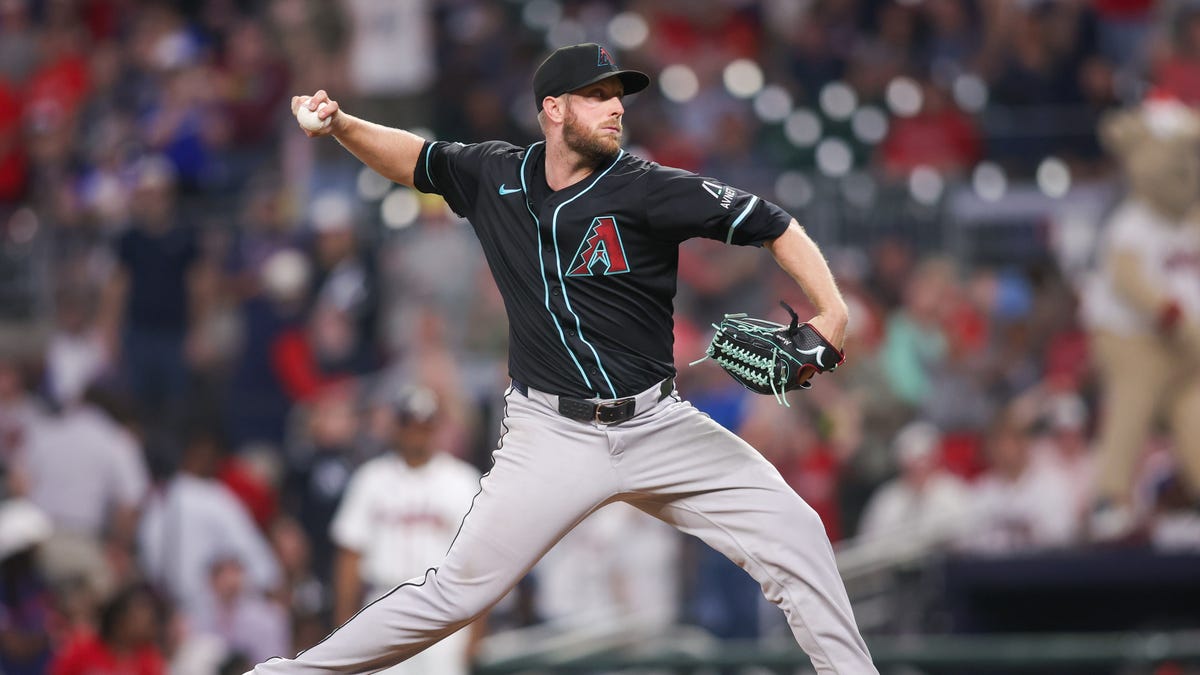
Diamondbacks vs. Mariners, 6:40 p.m., Ch. 34
Diamondbacks RHP Merrill Kelly (6-2, 3.43) vs. Mariners RHP Emerson Hancock (2-2, 5.19).
At Chase Field: The Mariners fell out of first place this week and entered Sunday, June 8, on a five-game losing streak. The Diamondbacks hope they’ve drawn the former AL West leaders on the schedule at the right time, with Seattle struggling. Kelly gets the ball to open the series and is coming off seven scoreless innings on one hit at Atlanta in his last start. He’s faced the Mariners just once in his career and is 0-1, but he has not taken a loss in more than a month this season. … Hancock, originally drafted by the Diamondbacks in the 38th round out of high school in 2017, was taken in the first round in 2020 by the Mariners. He’s spent the past two seasons splitting time between Seattle and Triple-A Tacoma, but has been in the big leagues all of this season. Hancock has a win in his only career start against the Diamondbacks, but this season, he has been prone to giving up early runs before settling down.
–Jose Romero
Coming up
Tuesday, June 10: At Chase Field, 6:40 p.m., Diamondbacks RHP Brandon Pfaadt (7-4, 5.51) vs. Mariners RHP Bryan Woo (5-3, 3.07).
Wednesday, June 11: At Chase Field, 12:40 p.m., Diamondbacks LHP Eduardo Rodriguez (1-3, 7.05) vs. Mariners RHP Bryce Miller (2-5, 5.73).
Thursday, June 12: Off
Friday, June 13: At Chase Field, 6:40 p.m., Diamondbacks RHP Ryne Nelson (2-2, 4.60) vs. San Diego Padres TBA.
Support local journalism: Subscribe to azcentral.com today.
-

 West4 days ago
West4 days agoBattle over Space Command HQ location heats up as lawmakers press new Air Force secretary
-
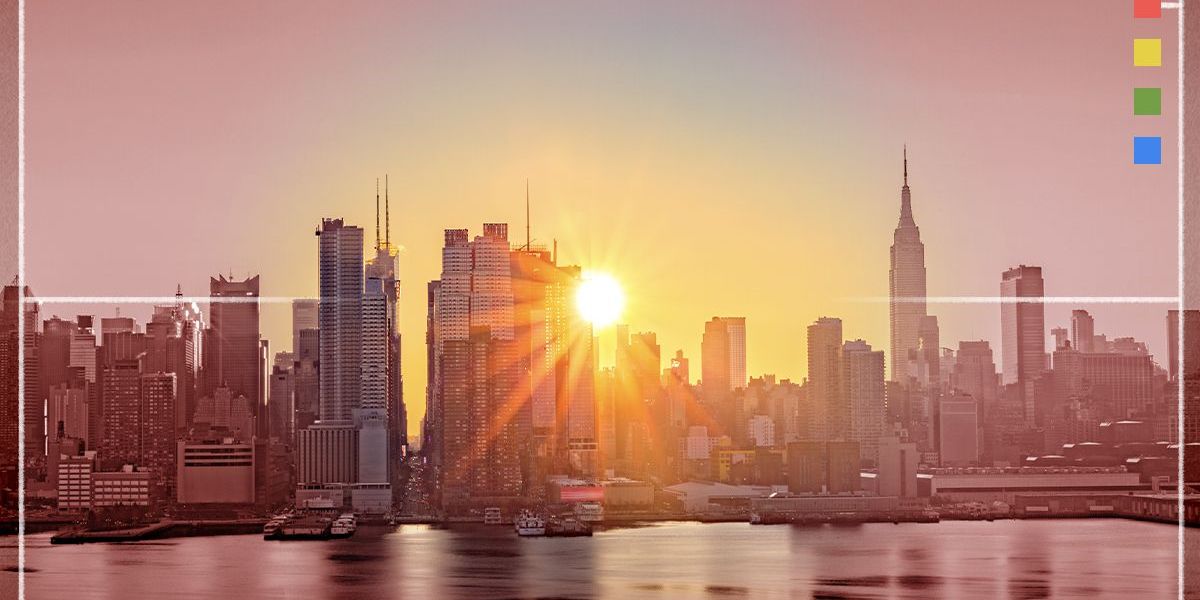
 Alaska1 week ago
Alaska1 week agoInterior Plans to Rescind Drilling Ban in Alaska’s National Petroleum Reserve
-

 News1 week ago
News1 week agoTrump administration continues to target international students. What to know and what could be next.
-
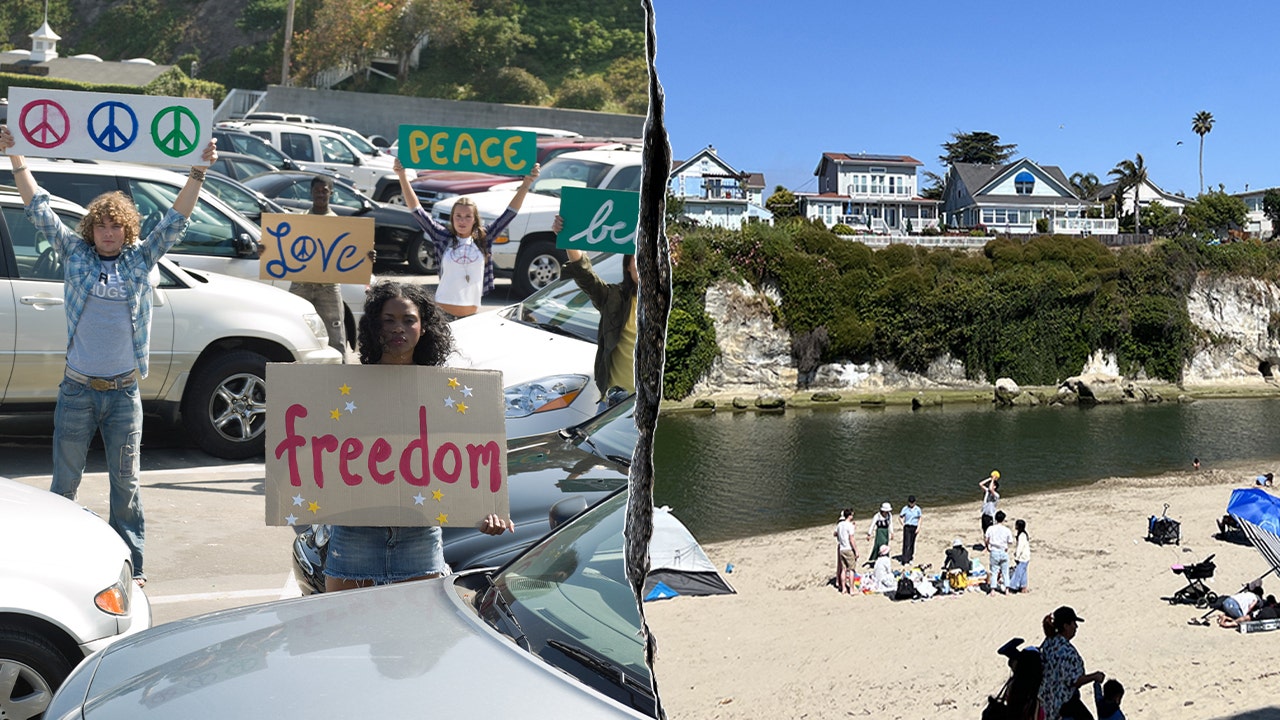
 Politics1 week ago
Politics1 week agoCalifornia beach ‘Resist!’ protest pushes ‘kindness’ while calling to ‘86 47’ in anti-Trump message
-

 Education1 week ago
Education1 week agoVideo: Inside Trump’s Attack on Harvard
-

 Technology1 week ago
Technology1 week agoMicrosoft will finally stop bugging Windows users about Edge — but only in Europe
-
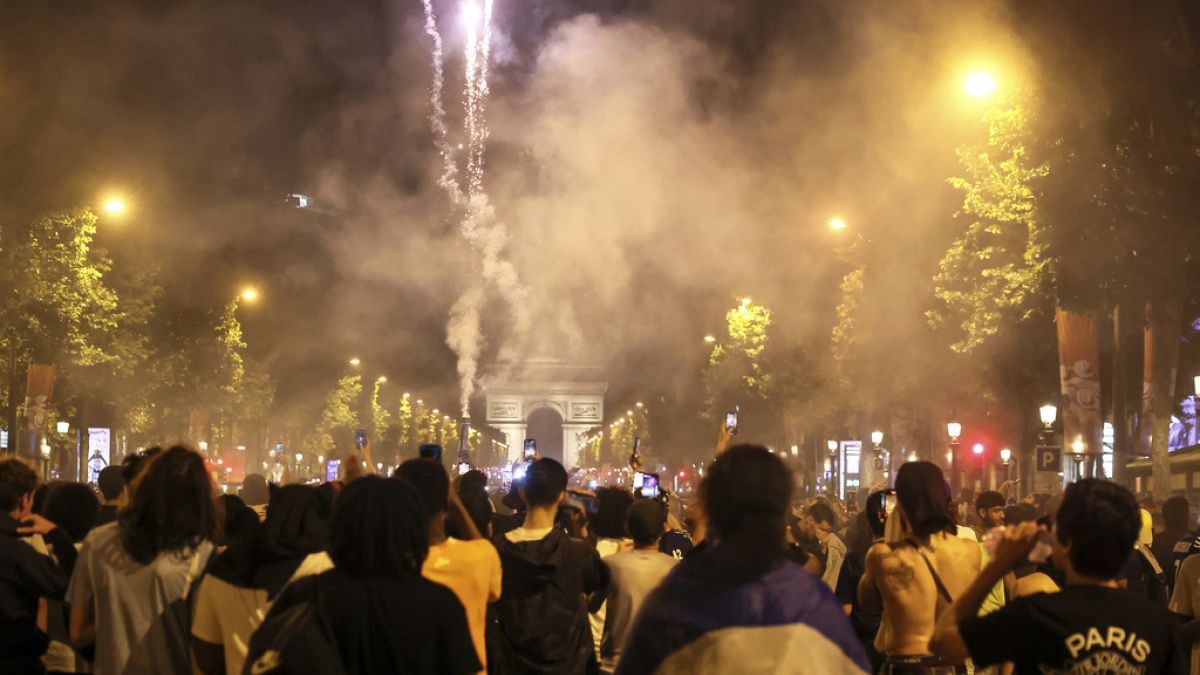
 World1 week ago
World1 week agoTwo dead, hundreds arrested during PSG Champions League celebrations
-

 World1 week ago
World1 week agoTwo suspected Ugandan rebels killed in Kampala explosion


